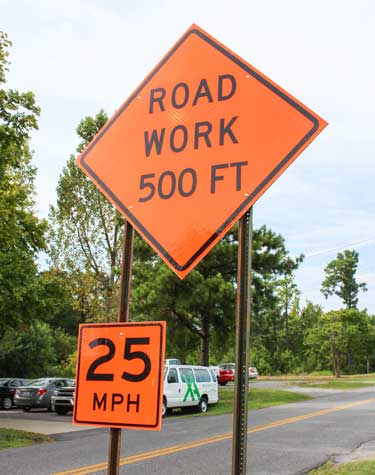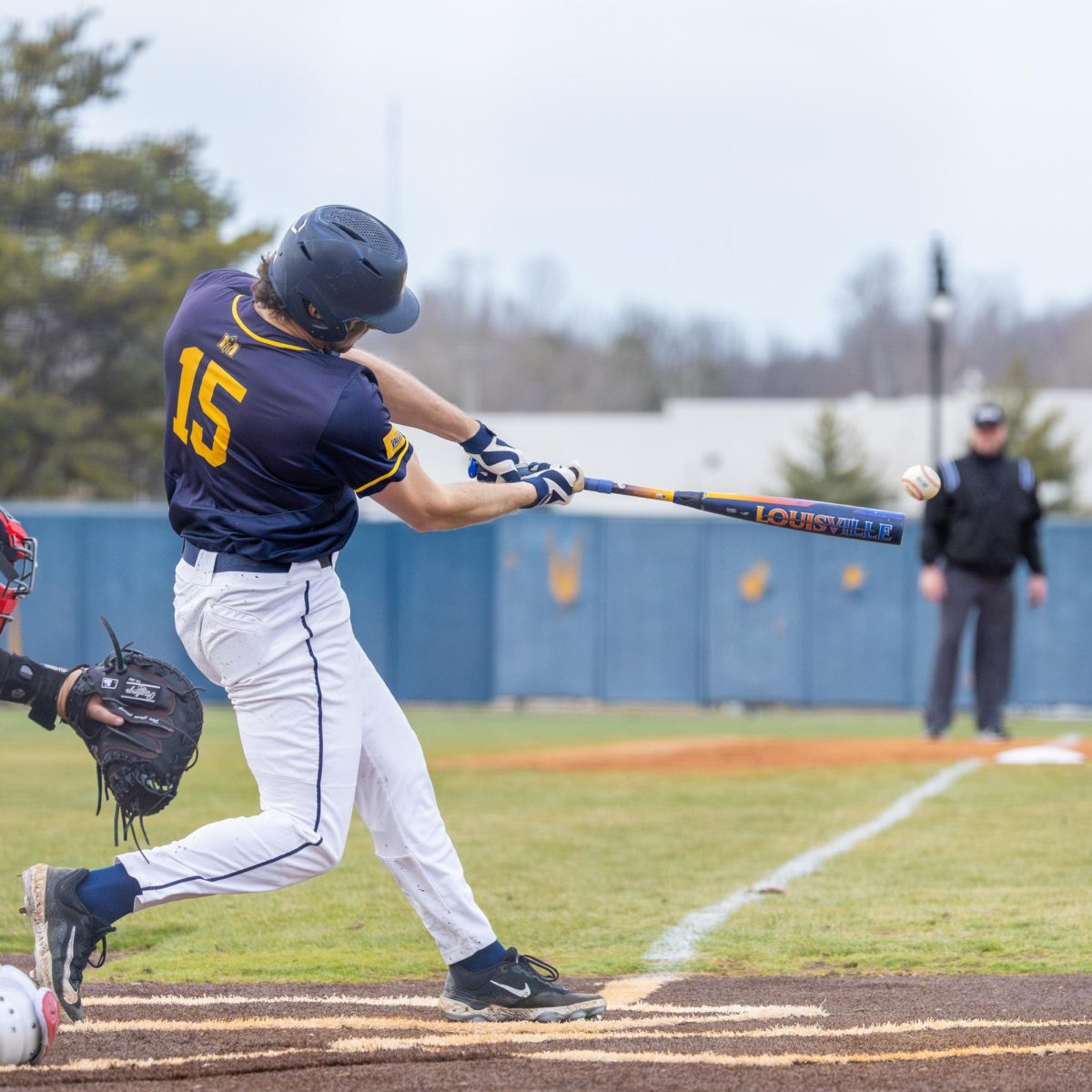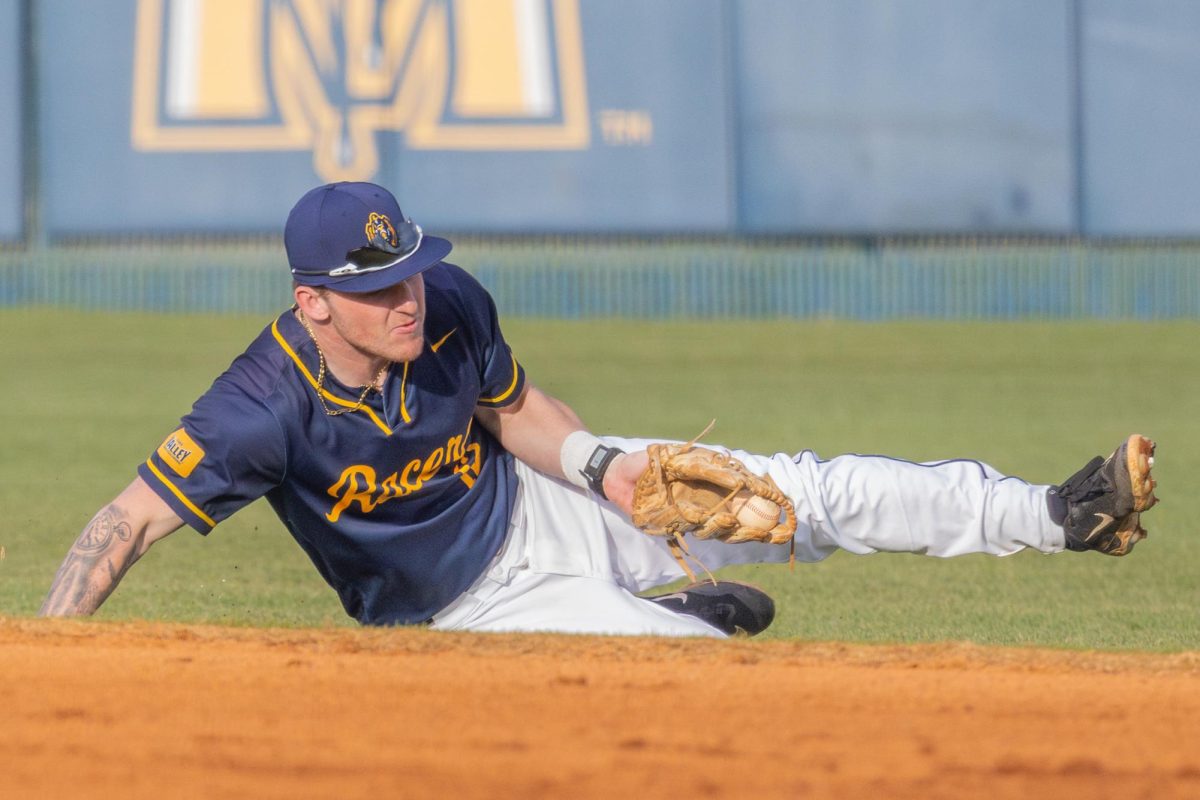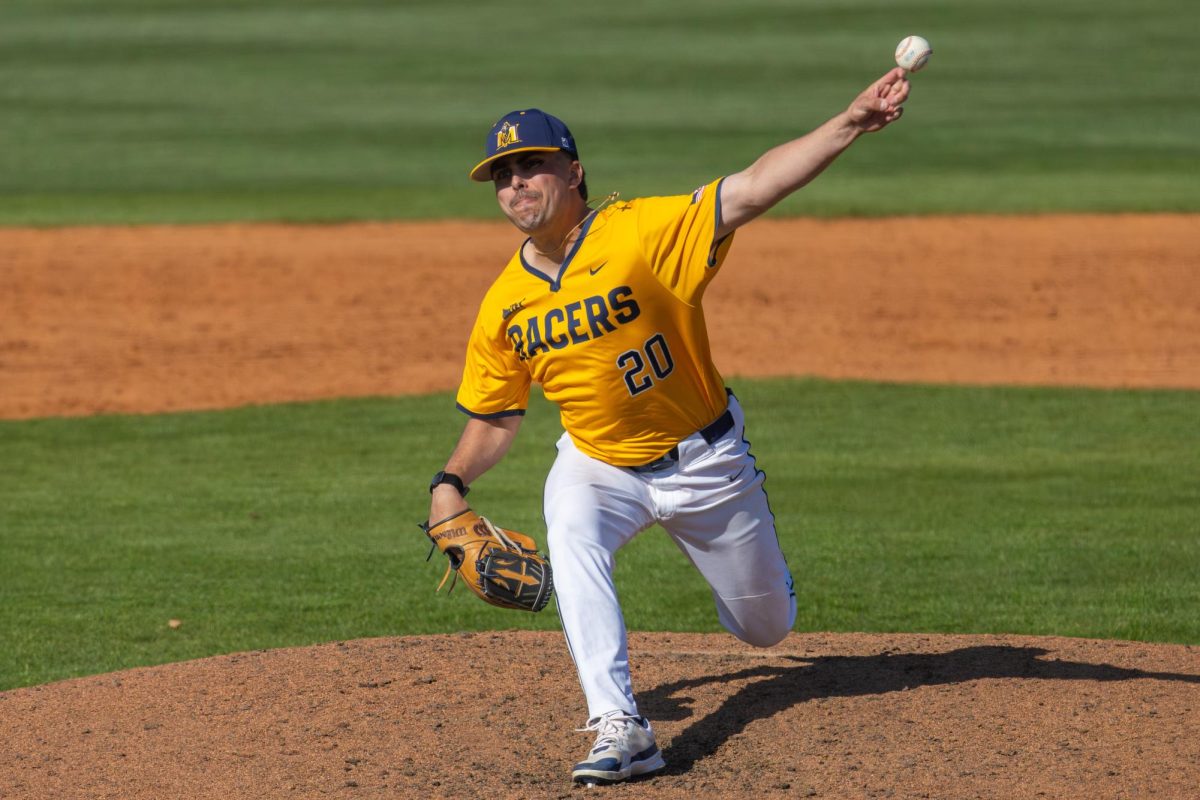Three options presented by the Murray City Council looks to the future of the congested street.
Story by Teddy Martin, Contributing writer

The new Engineering and Science Building will not be the only project that will affect Murray State’s campus, as a town meeting was held over the re-zoning of 16th Street entirely.
At the meeting, three options were displayed. Options included:
- Create an underpass on the street,
- Loop the street around the Gene W. Ray campus, which includes the Jesse D. Jones building and the biology building, or
- Loop the street around the Gene W. Ray campus and connect the bridge to a road running through.
Murray has also had problems finding a way to balance traffic between pedestrians and cars. Now, pedestrians at a crosswalk have the right-of-way, and therefore cars must stop to let them pass.
Given that campus is filled with students trying to get from one class to the next, the cars could be sitting in an ever-expanding line for several minutes before there is a break to let them continue down the road. This causes congestion on the roads and creates a choke point on 16th Street.
The Murray City Council planned a meeting to showcase each of the three options that would be the most plausible.
Attendance was high at the meeting and citizens and officials both joined in. One of those citizens, Becky Spann, is a realtor based in Murray.
“I’m interested in knowing what’s going on in my community,” she said. “I grew up in Murray. I’m very familiar with the street and very aware of the issues that we have now, so I wanted to have a better understanding of what my options were.”
Spann said she preferred the option that would build a bridge to mitigate traffic and pedestrians, though she still questioned if there was a better solution to the problem that would be less expensive.
Tim Schott, project manager for the BFW Engineers who are working on the project, said there were different ideas to select from.
“We have three alternatives and what we wanted to do was introduce them as a mitigation of the conflicts between the pedestrians and traffic on 16th Street,” he said.
Schott said funding had been moved from the transportation cabinet back to the city.
The city will look at the problems arising between walkers and cars.
Gabrielle Tinebra, junior, said she thought any changes that would help with traffic would be the best.
“I have an 8 [a.m.] class and people are trying to cross the street with their family and kids,” she said. “So minimizing the accidents that could occur would be great. There are a lot of drivers trying to get to work and a lot of students trying to cross the street. That causes a lot of back up, so any sort of mitigation would be enormously helpful.”
Schott said any sort of relief would be a plus to the University in addition to the community at large.
“All three of our alternatives positively separate the majority of the pedestrian traffic from the vehicular traffic,” he said.



























































































